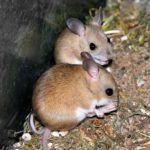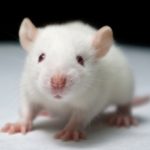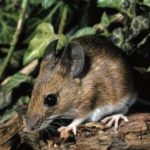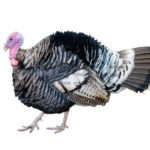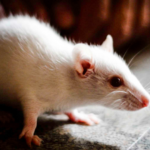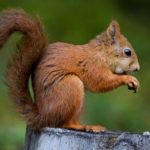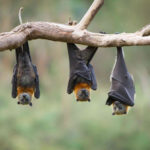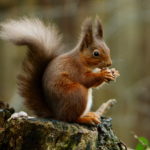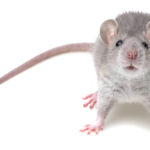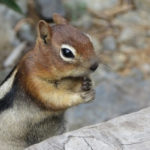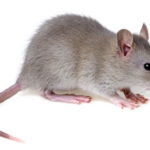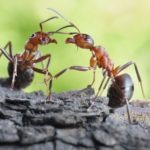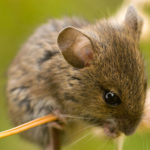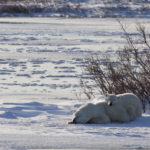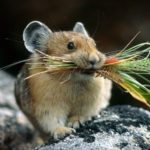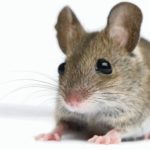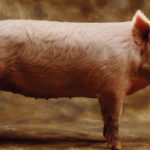Mice – information
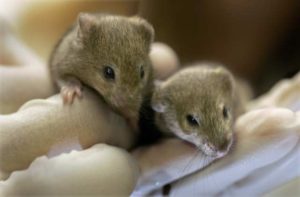 Mice eat mostly plant food – seeds of grasses, fruits of trees and shrubs, less often insects. Mice that inhabit the fields, steppes and meadows prefer dry and small seeds, including willingly eat the grains of various cereals. Mice that live in swamps, wet meadows and along river banks prefer green parts of plants – buds, leaves, flowers, roots, and also willingly eat insects. In the diet of forest species, the seeds of maple, linden, ash, acorns, nuts (mostly small cedar, beech nuts and hazel) predominate.
Mice eat mostly plant food – seeds of grasses, fruits of trees and shrubs, less often insects. Mice that inhabit the fields, steppes and meadows prefer dry and small seeds, including willingly eat the grains of various cereals. Mice that live in swamps, wet meadows and along river banks prefer green parts of plants – buds, leaves, flowers, roots, and also willingly eat insects. In the diet of forest species, the seeds of maple, linden, ash, acorns, nuts (mostly small cedar, beech nuts and hazel) predominate.
At the same time, mice are not conservative in their fodder preferences and willingly take “unnatural” fodder from baits (bread, cheese, sausage, eggs), can damage many foods in a person’s dwelling. Large yellow-throated mice, locked in a cage with forest, kill and eat the latter. It is interesting that in the natural environment the ranges of both species overlap, but cases of cannibalism are not noted. Apparently, yellow-throated mice can catch small relatives only in a confined space.
Mice, like all small animals, have a high level of metabolism, so they must often eat. In terms of their own weight, these animals are very voracious, especially the big damage they can inflict during the harvesting of fodder for the winter. At this time, the mice collect seeds, grains, acorns, nuts and hide them in secluded places not far from the entrance to the burrow. It’s interesting that mice never store food reserves in the very hole. A very interesting behavior is demonstrated by the mound shape of the house mouse. These mice do not live in houses, but on the fields of South-Western Ukraine, Moldova and Hungary.
During the harvest, they collect cereals and whole spikelets in the fields. Collective efforts kurganchikovye mice demolish supplies to the hole and put in a common heap. With each passing day this cluster grows and eventually turns into a real stack of 60-80 cm high and up to 2 m long! Then the mice fall asleep this improvised “hayloft” with the earth left by digging the hole. If the land is not enough to cover the whole pile, then the mound mice additionally dig a ditch around their “barn”. In the end, this structure is like a mound, covered with earth, surrounded by a moat, with underground passages leading directly to the burrow.
Like all rodents, mice are very prolific. There are no special mating rituals for these animals, the male finds the female by smell and mates with it. Sometimes males can attack an opponent and bite him, such fights are accompanied by a furious squeak. The female after a short pregnancy gives birth to 3-4 to 8-10 mice. They grow very quickly, puberty in mice comes already in 1,5 -3 months. Each female can bring 3-4 litters a year, and this amount is approximately the same for both species that live in the temperate zone, and in mice of the tropics. Mice living in dwellings can bring up to 5-6 litters a year. Young mice can live for a while in the same hole with the parent couple, forming family groups.

